The humble pineapple was once the apex symbol of wealth in 18th century Britain, with a single fruit valued at around $15,000 today.
Today, most people easily have access to the humble pineapple. Sweet, tart, and golden, the fruity treat is often readily available in most supermarkets. While some sellers may place a higher price tag on it than others, for the most part, no one would call it the epitome of luxury.
However, the spiny fruit actually held a much higher status back in the 18th century, particularly within Britain. In fact, people at the time considered it to be the apex symbol of wealth. Perhaps to most Filipinos, and other inhabitants of the tropical countries, this seems a bit absurd. As with many valuable objects of desire, the pineapple’s rarity in Britain—and the mythologies English society built around the fruit—played a large role in the cultivation of its prestige.
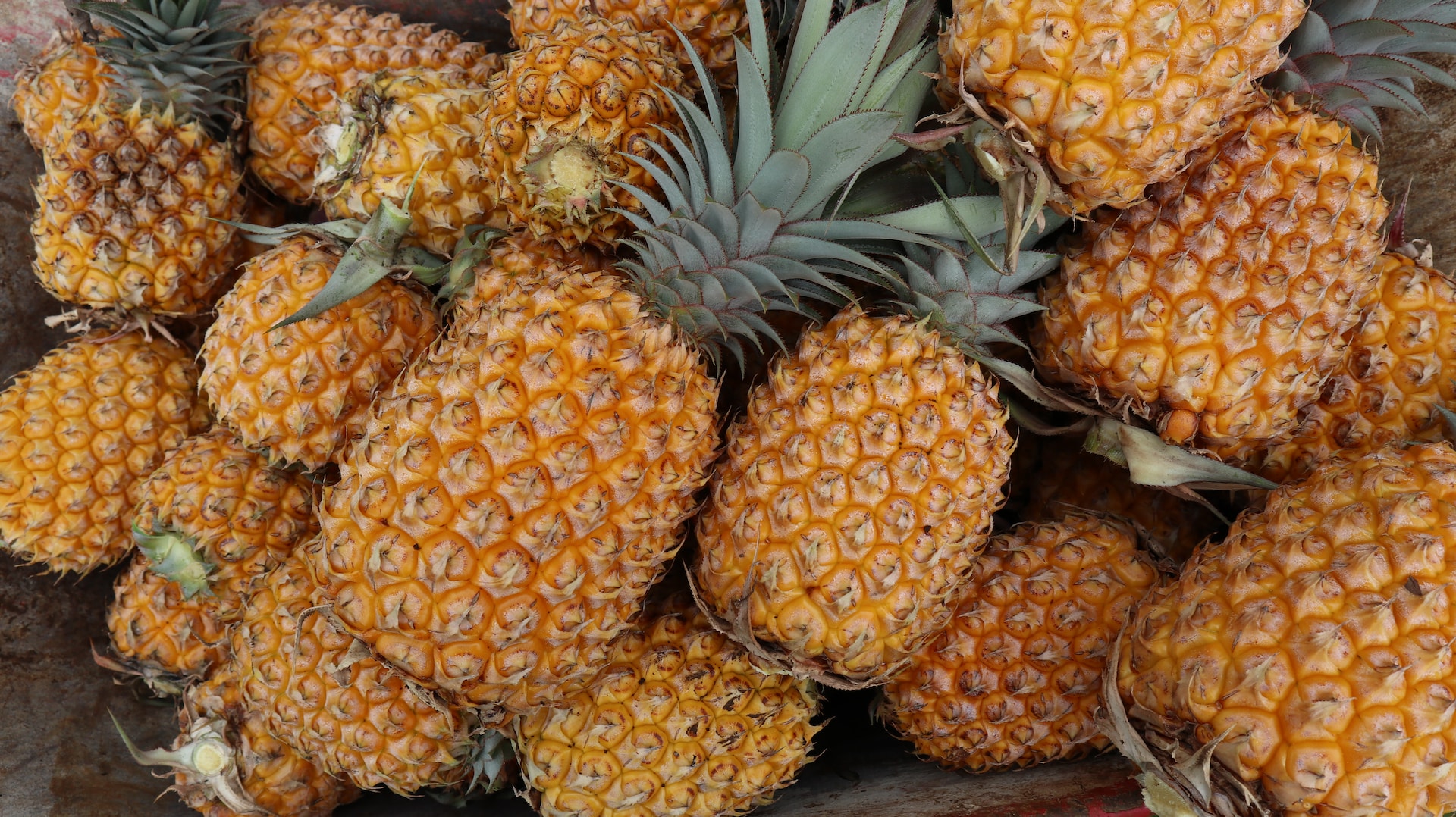
READ ALSO: Surprising Origins: Some Of Today’s Luxury Delicacies Weren’t Always For The Wealthy
So, how did the pineapple become the go-to status symbol of 18th century Britain? Read on to learn more about its peculiar history, including the lengths people would go through just to acquire the strange yet beloved fruit:
The Appeal of the Exotic
The 16th and 17th centuries saw the introduction of exotic goods from the New World and Asia, as per BBC. However, the pineapple drew immense intrigue due to its extreme novelty—and therefore its lack of cultural meaning in the Old World. The strange fruit wasn’t mentioned in the Bible, or ancient texts from Greece and Rome, according to CNN. Due to this, British society began creating their own meanings to associate with the pineapple (then referred to as pine apple).
Written testimonials from explorers added to the interest in the fruit, as they unceasingly praised it from its delicious taste, according to Francesca Beauman, author of The Pineapple: King of Fruits, in a CNN feature.
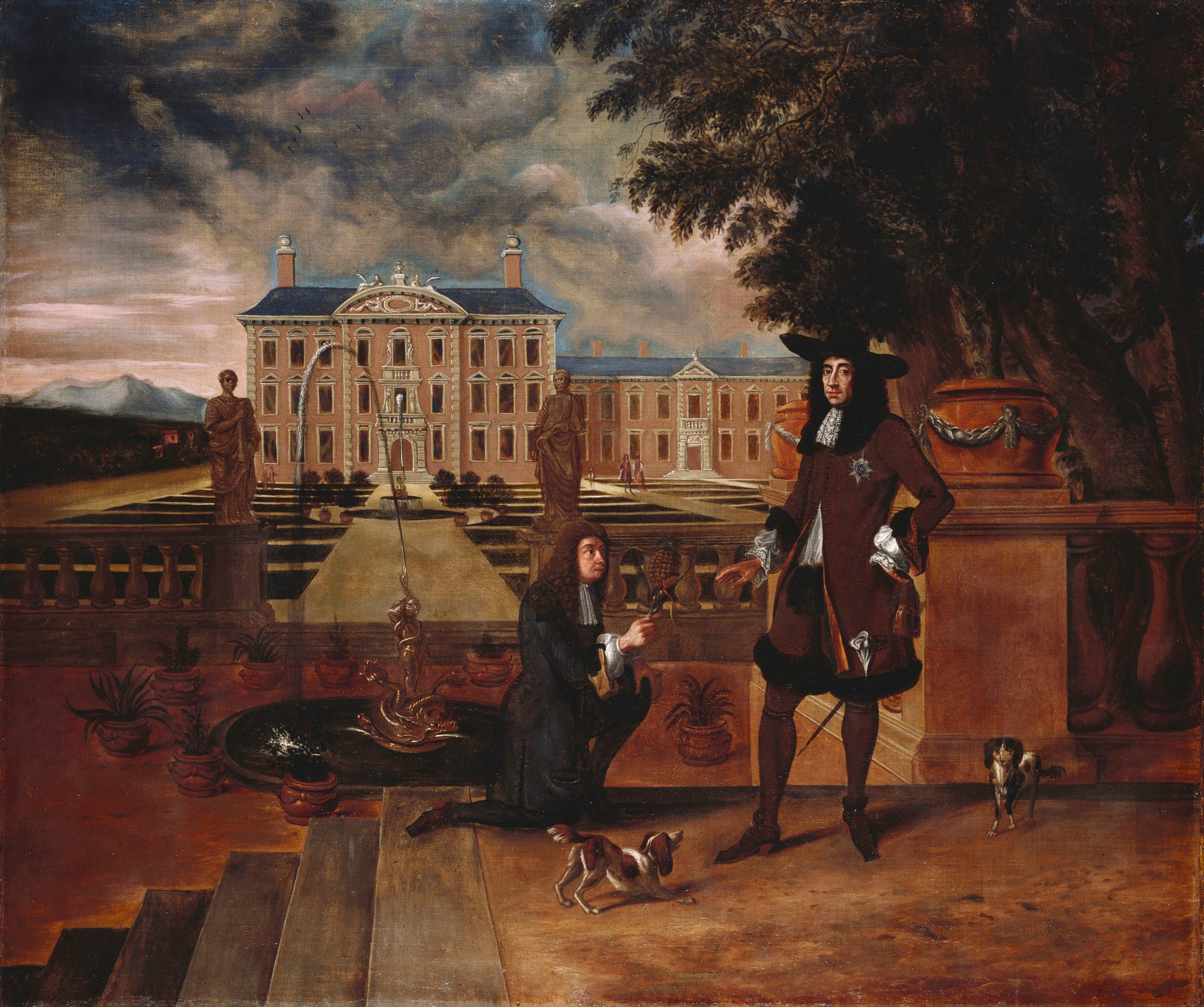
Dr Lauren O’Hagan, a professor from Cardiff University, told the BBC that the pineapple’s “exotic appearance” was “enhanced by its golden crown, viewed as the symbolic manifestation of the divine right of king.” Indeed, royalty seemed to notice this too, and quickly transformed the fruit into a must-have symbol of the aristocracy.
King Charles II loved the fruit so much that he commissioned Dutch artist Hendrick Danckerts to paint a portrait of the monarch receiving it as an offering. The juvenile pineapple, as shown in the picture below, was reportedly the very first one grown in England at the time.
The Pineapple Craze
Safe to say, the pineapple soon became a staple in the homes of Britain’s wealthiest and most powerful. Surprisingly, the rich flaunted the fruit, not by eating it at lavish feasts, but by displaying them like decorative accessories or objects—usually as eye-catching centerpieces on a table. They believed that consuming the coveted tropical delicacy would be a waste, considering how difficult it was to acquire. Hence, a pineapple would typically remain displayed until it eventually rotted, surrounded by cheaper fruits that could actually be eaten.
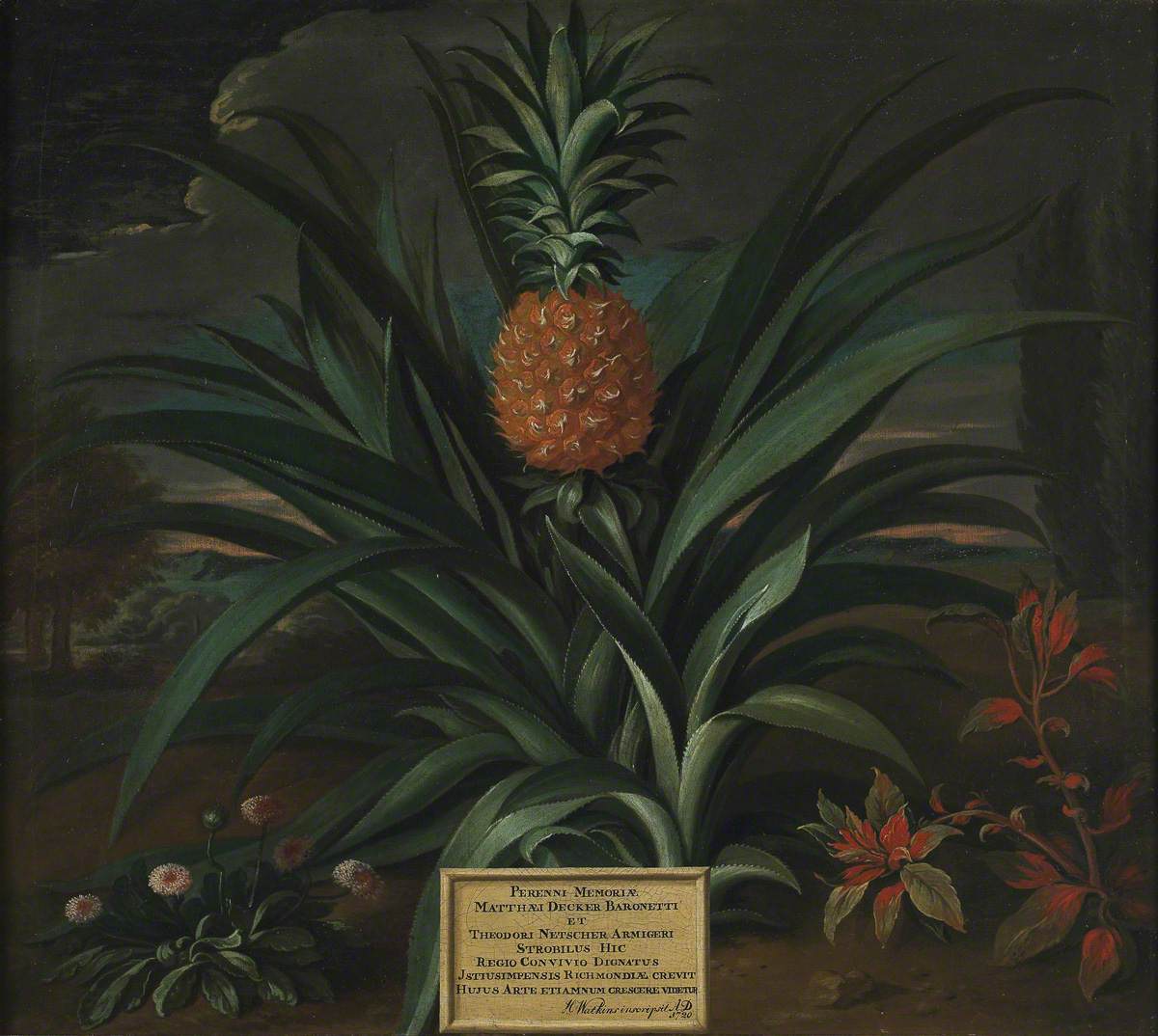
The pineapple was such a powerful symbol that at some point, owning the actual fruit wasn’t the only way of indicating status. People wanted to immortalize their prestige through works of art, household objects, ceremonial items, and architecture. So wealthy families and groups began incorporating iconography of the fruit into other things, including their own homes.
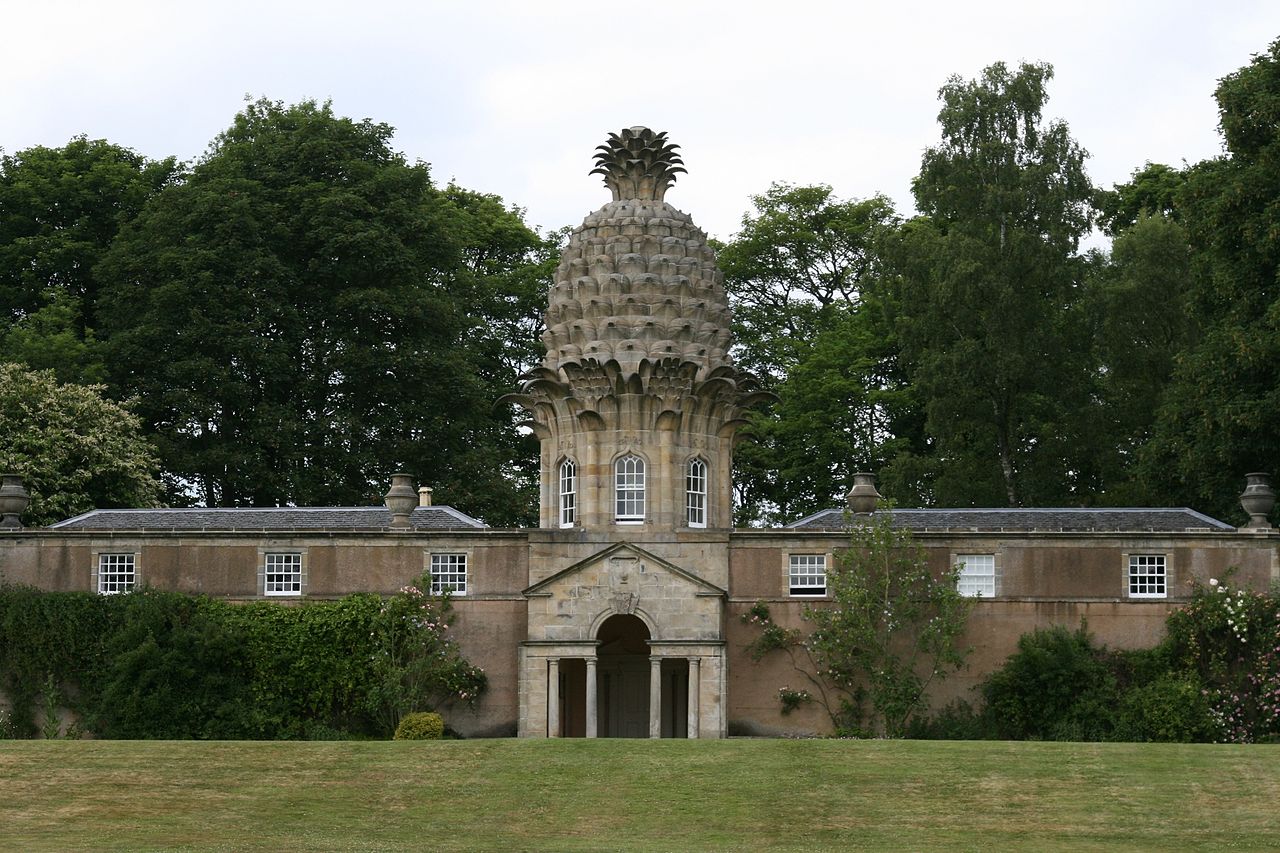
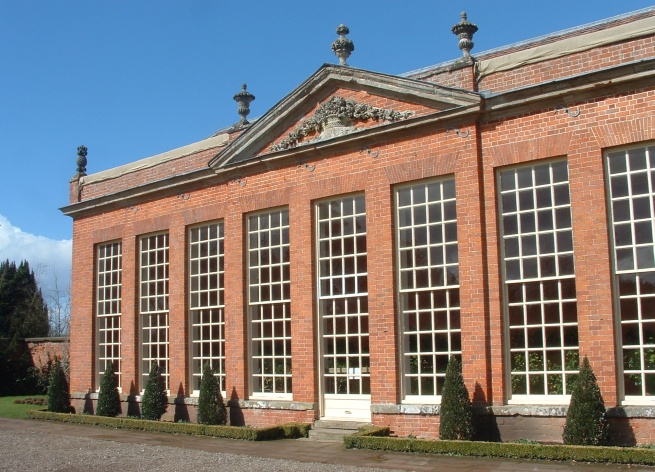
One can see vestiges of this through old structures that exist today. These include the Pineapple House in Dunmore Park (Scotland) and Hanbury Hall (Worcestershire). If you look closely at the Wimbledon trophy for the Men’s Singles tournament, you may notice the shiny pineapple placed at the very top.
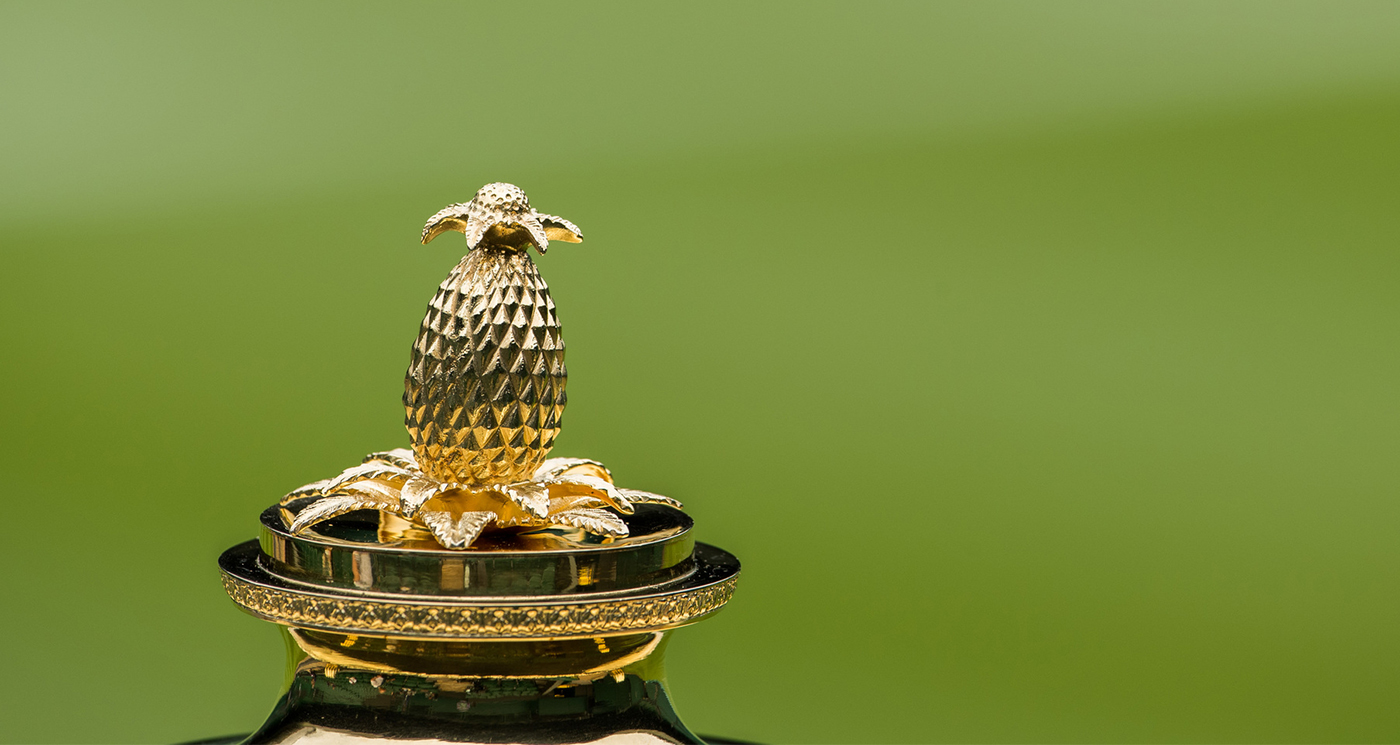
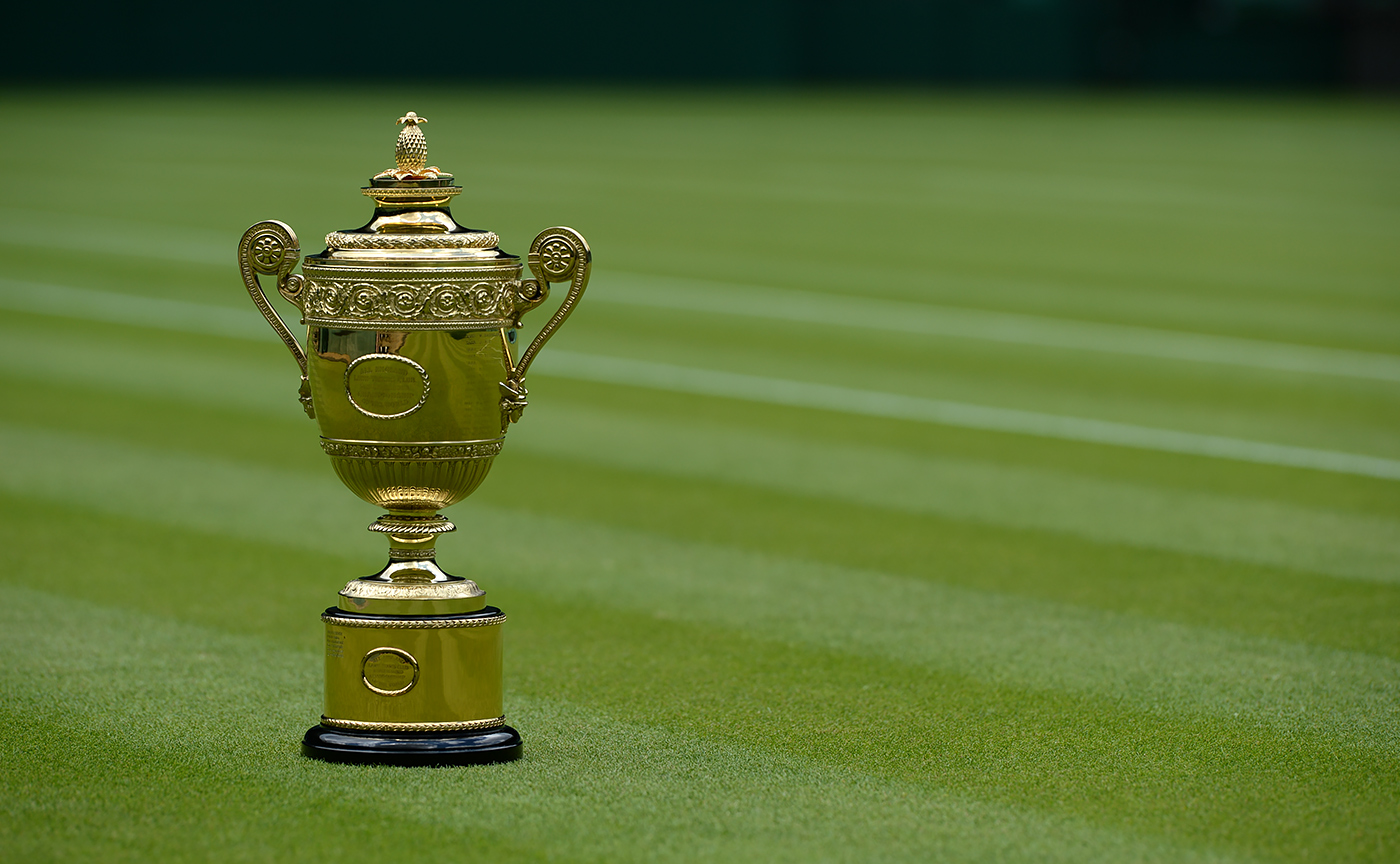
The Cost of a Golden Fruit
During the Georgian Era (1714 – 1830), the wealthy began growing (or attempting to grow) pineapples in their own homes, as per BBC. This was no easy task, as the cold and rainy weather in Britain yielded less than ideal conditions for growing the prized fruit. As such, the entire endeavor required exorbitant amounts of money. At the time, a single pineapple cost roughly £80 at the time, which would be the equivalent of $15,000 today.
Writer Francesca Beauman told CNN that with that money, an individual could purchase a new stagecoach complete with horses—which was essentially the same as buying a luxury car.

Britain’s wealthy had to cultivate pineapples in special greenhouses called “pineries.” Johanna Lausen-Higgins, who works at the Royal Botanical Garden in Edinburgh, told BBC that pineries had to have heating for the tropical fruit to grow. However, the only sources of heat were furnaces whose fumes would either kill the pineapple plants or cause severe fires. What’s more, pineapples would take several years to mature on average.
Hence, people were considered extremely lucky and wealthy to have grown just one pineapple amid the obstacles.
Later on, enterprising businessmen would set up “pineapple rentals” for those who didn’t want to spend too much time or money purchasing and growing the fruit. Instead, people could rent a pineapple for a few hours to flaunt it at parties or other social gatherings, as per BBC and CNN.
The Fall of the Pineapple
Every beginning has its end, and the pineapple’s reign as the king of fruits ended upon the invention of steamships, as per BBC. Once it was possible to quickly import large quantities of pineapples from British colonies in the New World, the fruit’s prestige began to wane. Soon, almost everyone could get their hands on the spiny fruit, including the working class.
As the story usually goes, a status symbol loses its luster when it becomes ubiquitous and, sadly, not as special. Still, the pineapple remains a favorite in the hearts of many, and perhaps that’s more than enough for any fruit.
Banner photo by Theodorus Netscher from The Fitzwilliam Museum.





